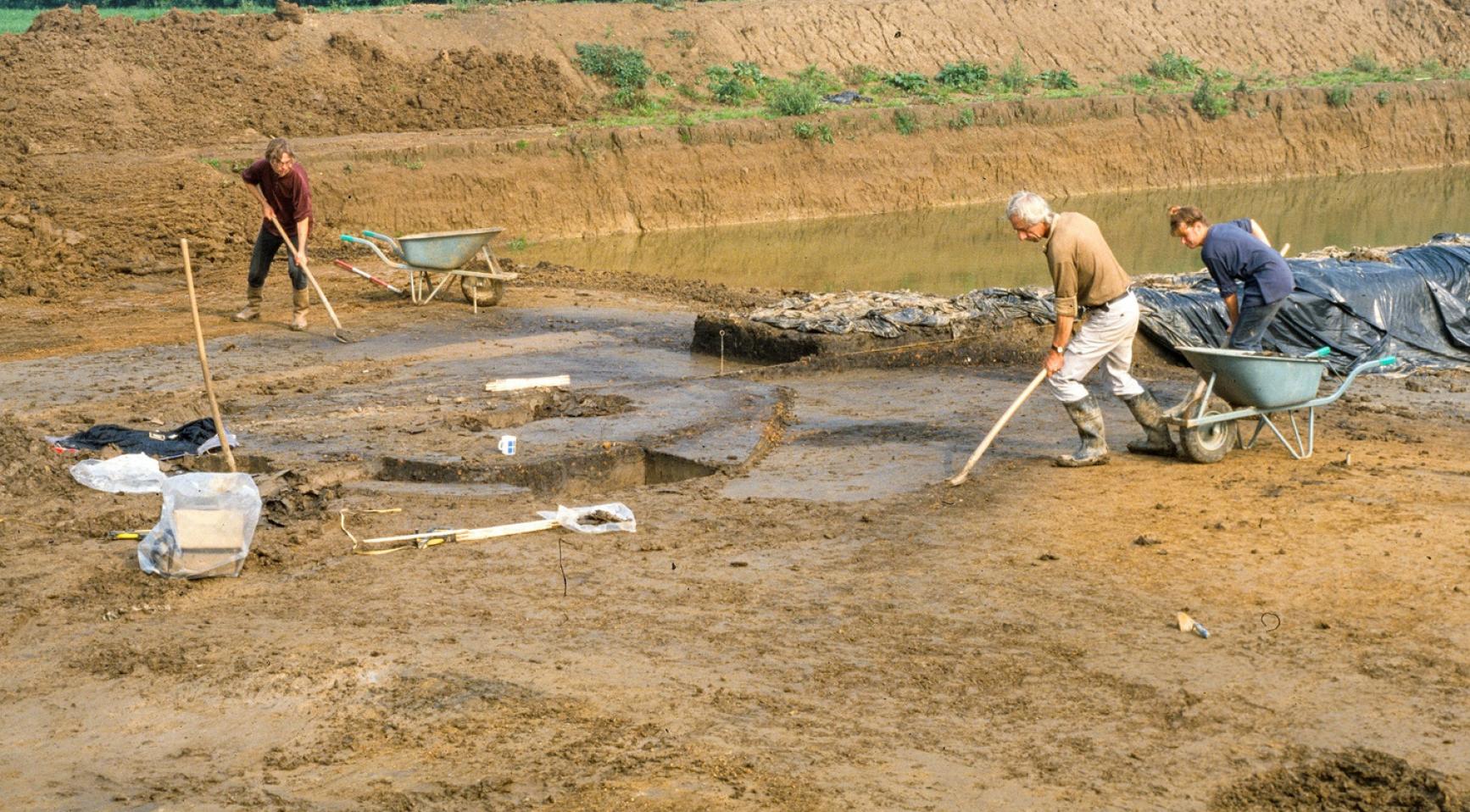Palinurus
The Living Force
Source: 3,600-year-old sauna found in Nijmegen; Unique on mainland Europe

The site near Waalsprong in Nijmegen where a 3,600-year-old sauna was found - Credit: Gemeente Nijmegen / Gemeente Nijmegen - License: All Rights Reserved

The site near Waalsprong in Nijmegen where a 3,600-year-old sauna was found - Credit: Gemeente Nijmegen / Gemeente Nijmegen - License: All Rights Reserved
Wednesday, 28 September 2022 - 13:15
3,600-year-old sauna found in Nijmegen; Unique on mainland Europe
Researchers found a 3,600-year-old sauna with sweat lodges and cold water baths during work in the Waalsprong in Nijmegen-Noord. “That is unique for mainland Europe,” the municipality of Nijmegen said on Wednesday. Such early saunas in Europe were previously only found in Great Britain and Ireland.
The sauna was set up in a clearing in an oak forest next to a residual river channel. Unlike similar sites in Great Britain and Ireland, the people here did not only use hot stones for their sauna but primarily hot clay balls. That has everything to do with the location, according to the researchers. “Nijmegen -Noord is located on the Betuwe clay silts. Large stones could only be found miles to the south.”
The researchers also found a grinding stone in the river bed with a bronze dagger - a site for sacrificial rites common in the Bronze age - as well as pottery shards, a bronze ax fragment, animal remains, and worked flint.
According to the municipality, the big question is who used this sauna. “Were they the families in the area whose farms we know? Or, given the great rarity of prehistoric saunas in our region, should we rather think of religious specialists from a much wider area?”
Nijmegen is building a lot of housing in the Waalsprong area. The remains of the sauna were already found some 20 years ago during preparations for housing construction, but the Municipal Archaeological Service only recently identified it for what it was.
